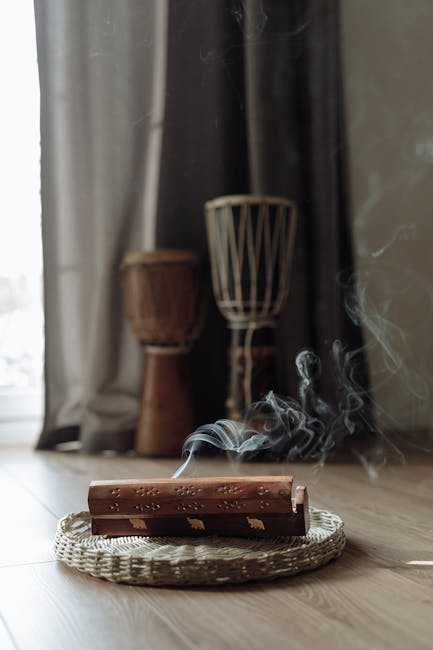Welcome to Milestone Mic Methods, a tutorial
series brought to you by Music In Africa Live, where we show you how to capture
the sounds of African instruments. At Milestone Studios in Cape Town, our engineers
have spent decades finding the best way to mic up instruments that are unique to our continent, and
we're going to share this knowledge in every episode. I'm Thabo Mobo, and today we'll be looking
at the best way to place a microphone on an mbira or thumb piano, for live performance
and recording. Mbiras are musical instruments traditionally played by the Shona people of
Zimbabwe. They are made of a wooden board, often fitted with a resonator or gourd to amplify
the sound, with metal tines attached to it. You play mbira by holding the instrument in both hands
and plucking the tines with your thumbs. Mbira is not a loud instrument, so you'll have to put
the microphone close to it to capture the sound. If you only have one mic, the best place to put it
is over the middle of the instrument facing down.
In a live show, a dynamic mic like the
Beyerdynamic M201 is a good option. Because the instrument is quiet, it's likely that other sounds
on the stage will leak into the mbira microphone. Place the mic pointing down towards the metal
bars and, if you can, pointing away from other loud instruments. Make sure that you position the
mic as close as possible to the bars, but still far enough that the player won't accidentally bump
it. About 10 centimetres is often a safe distance. If the mbira has a calabash, this can sometimes
be used to keep the sound focused on the mic. In a studio or live situation where there's
a lot of leakage from other instruments, you can get a better sound by
using a contact microphone. This is attached to the body of the mbira and will
pick up less of the sound of nearby instruments. Variations of the mbira are
found in many African countries. In the DRC for example, a similar instrument
called likembe is often fitted with a pickup, which allows it to be amplified to compete with
loud instruments like electric guitars and drums. Especially if you're recording
mbira as a solo instrument, another good option is to use two mics like
these Neumann KM84s as a coincident pair. Condenser microphones have a wider frequency
response than the Beyerdynamic M201.

This will give a full stereo sound, with one mic pointing
towards the left side of the instrument and the other picking up the right side. Again, make sure
that the player won't accidentally bump them. Most mbiras have rattles attached to
the body, usually made of bottle tops. These add a percussive element which
is an important part of the sound. Don't feel that you have to try and get
rid of the buzzing when you're recording. If it's too loud, you can use masking
tape to mute some of the rattles. The mbira is softer than most other instruments,
so if you are recording the mbira in a group of musicians, it's often useful to put up screens
between them to prevent too much sound leaking from one set of mics to another.
Otherwise,
if you have access to an isolation booth where you can record the mbira
separately, this is even better. Well, that's it for today. Our thanks
to Sky Dladla for demonstrating how these instruments are played, and to
our sponsors Music In Africa Live, the Goethe Institute, Siemens, and the Federal
Foreign Office for supporting African music. Watch out for more videos in the series,
and until next time, cheers and goodbye. www.milestones.co.za
from WordPress https://ift.tt/3BXV3ig
via IFTTT

No comments:
Post a Comment